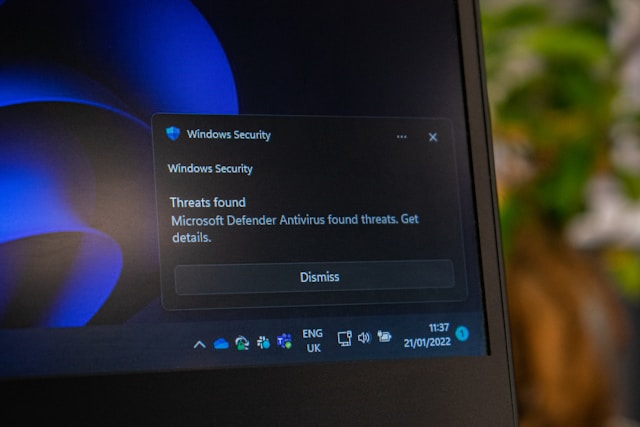8 Steps to Combat Malware on Campus
Both students and educational institutions face increasing threats from malware. They can disrupt not only individual devices but entire campus networks. Understanding the steps to combat malware is critical for maintaining the integrity and security of college IT resources.
As institutions implement robust cybersecurity protocols, students can complement these efforts by becoming more vigilant about protecting their own devices. When you're busy working on your papers and using EssayHub to write my essay for me, it's essential to make sure that you use only secure resources in your research. Collaboration between students and colleges is key to fostering a more secure digital environment for all. Here's how.
1. Establish Comprehensive Cybersecurity Protocols
Cybersecurity protocols are essential for defending campus networks against malware. It's crucial for IT departments to develop a set of guidelines that address specific campus needs. These protocols should include strategies for both prevention and response, tailored to the unique infrastructure and user behaviors typical in educational environments.
Colleges should also implement regular audits of their cybersecurity measures. This ensures that defenses remain effective and can adapt to new malware strategies. Regular audits serve to pinpoint vulnerabilities early and continuously improve security protocols.
2. Conduct Regular Security Training Sessions
Raising awareness through ongoing training sessions for students and staff greatly minimizes the risk of malware infections. Such sessions must address current cybersecurity threats, secure browsing methods, and the critical need for frequent software updates.
Interactive workshops that simulate phishing attacks or other common security breaches can be particularly effective. These real-life scenarios make the training relatable and memorable, helping participants understand the importance of vigilance in cybersecurity.
3. Enforce Software Update Policies
Malware frequently enters systems through outdated software. Enforcing a strict policy for software updates is critical in keeping security threats at bay. IT departments should oversee the installation of updates across campus systems to patch any security vulnerabilities promptly.
It's also vital to urge students to set their personal devices to update automatically. This simple step can protect their devices from being exploited by known vulnerabilities that have already been addressed by software patches.
4. Utilize Advanced Antivirus Solutions
It is crucial to invest in sophisticated antivirus software to detect and eliminate malware before it inflicts damage. These tools should be installed across all campus systems and regularly updated to recognize the latest malware signatures.
Students should also have access to antivirus programs for their individual devices. Offering these programs as part of their technology resources can extend protection across the campus network and minimize the overall risk of infection.
5. Monitor and Control Network Access
Controlling who accesses the campus network and what devices are allowed can significantly enhance security. Require authentication for all users accessing institutional resources. Such measures can block unauthorized access and prevent potential malware infections.
It's also important to have network monitoring to spot any abnormal activity suggesting a security breach. Tools that analyze traffic patterns and flag anomalies can help IT staff respond to threats more swiftly, potentially stopping malware in its tracks.
6. Implement Strong Authentication Processes
Robust authentication measures, like two-factor authentication (2FA), provide an additional security layer and can block unauthorized access, safeguarding accounts even when passwords are compromised.
Educational campaigns about the benefits of 2FA and how to enable it on both university and personal accounts can drive adoption. As more users secure their accounts with 2FA, the overall security of campus information resources improves.
7. Create a Response Plan for Security Breaches
Even with strong precautions, malware infections might still happen. Thus, a detailed response plan is essential to quickly contain and mitigate any damage. This plan should outline specific steps to be taken by both IT staff and users in the event of an infection.
Regular drills that simulate different types of security breaches can prepare the campus community to act effectively under real conditions. Conducting them guarantees that everyone understands their responsibilities in the response plan, helping to minimize panic and facilitate a quick recovery.
8. Foster a Culture of Security
Building a campus culture that prioritizes cybersecurity can have a lasting impact. Promoting personal responsibility for digital safety among students and staff cultivates a proactive approach to cybersecurity. Regular communications about security best practices and highlighting the role of each individual in campus safety can reinforce this culture.
Incentives for reporting potential security issues or participating in cybersecurity events can further engage the community and promote security as a shared responsibility.
The Bottom Line
The steps to combat malware on campus involve a combination of technology, education, and community engagement. By establishing rigorous cybersecurity protocols, enforcing software updates, using advanced antivirus solutions, and fostering a proactive security culture, institutions can protect themselves against malware threats. Each member of the campus community plays a vital role in this effort, and their collective vigilance is essential for maintaining a secure educational environment.

